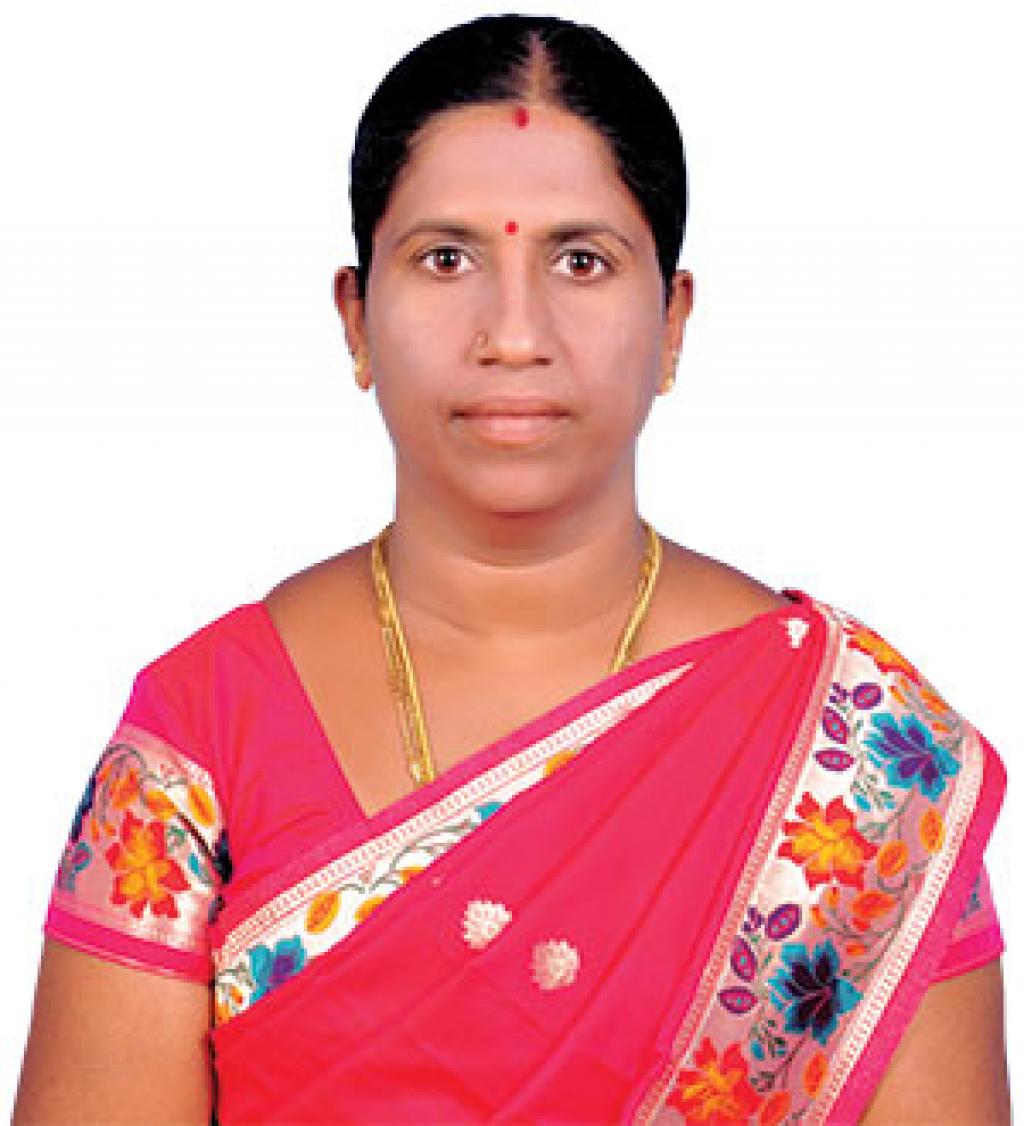

K Kanchana Kannaperumal installed sensors in eight villages of her panchayat; the move has benefitted 750-odd households


 Every morning, K Kanchana Kannaperumal eagerly waits for eight voice messages on her mobile phone. “If I do not receive any of the messages, I know there is a problem,” says the president of the Mukkulam Gram Panchayat in Tamil Nadu.
Every morning, K Kanchana Kannaperumal eagerly waits for eight voice messages on her mobile phone. “If I do not receive any of the messages, I know there is a problem,” says the president of the Mukkulam Gram Panchayat in Tamil Nadu.
The voice messages come from an unlikely source — the electric motors installed in the main water tanks in eight villages under her panchayat. The messages inform her that the water tanks are full and she, then, switches the pumps off through a mobile application.
“I also get a message if there is a leak in the tank,” says Kanchana, a resident of Seegalahalli village, one of the 14 villages under Mukkulam Gram Panchayat in Dharmapuri district.
Before this technology was installed, the tanks would almost always overflow, leading to a lot of wastage in the villages that are covered under the Centre’s Jal Jeevan Mission. Leakages would sometimes go undetected, leading to a water shortage.
This changed in 2019, when Kanchana took charge of the Gram Panchayat. She used Rs 1.3 lakh from the panchayat fund and tied up with Coimbatore-based irrigation equipment manufacturer Niagara Solutions to install the sensors. The move has benefitted 750-odd households in eight villages.
“The sensors have a SIM card and the voice message is in Tamil. Besides giving real-time information, the technology allows users to wirelessly operate the motors,” says M Kartikeyan, a technician with the company.
As part of her initiative to improve lives and livelihoods, Kanchana has also cleaned up five lakes that fall under the purview of the Gram Panchayat. The lake beds were covered with invasive weeds which depleted the water resources and inhibited the growth of other plants.
“Through the Mahatma Gandhi National Rural Employment Guarantee Act and panchayat funds, we were able to clear out the weeds and restore the lakes. The water is now used for irrigation,” she says.
The majority of the farms in the villages were rain-fed, and irrigation has increased their crop yield by four times per 0.4 hectare, she says. Residents have also planted fruit trees on the lake beds.
Kanchana has also installed energy-efficient LED bulbs in streetlights and fitted them with timers to ensure they work only during the night. This, she says, has reduced electricity bills by half.
This was first published in the 16-31 October, 2022 print edition of Down to Earth
We are a voice to you; you have been a support to us. Together we build journalism that is independent, credible and fearless. You can further help us by making a donation. This will mean a lot for our ability to bring you news, perspectives and analysis from the ground so that we can make change together.

Comments are moderated and will be published only after the site moderator’s approval. Please use a genuine email ID and provide your name. Selected comments may also be used in the ‘Letters’ section of the Down To Earth print edition.